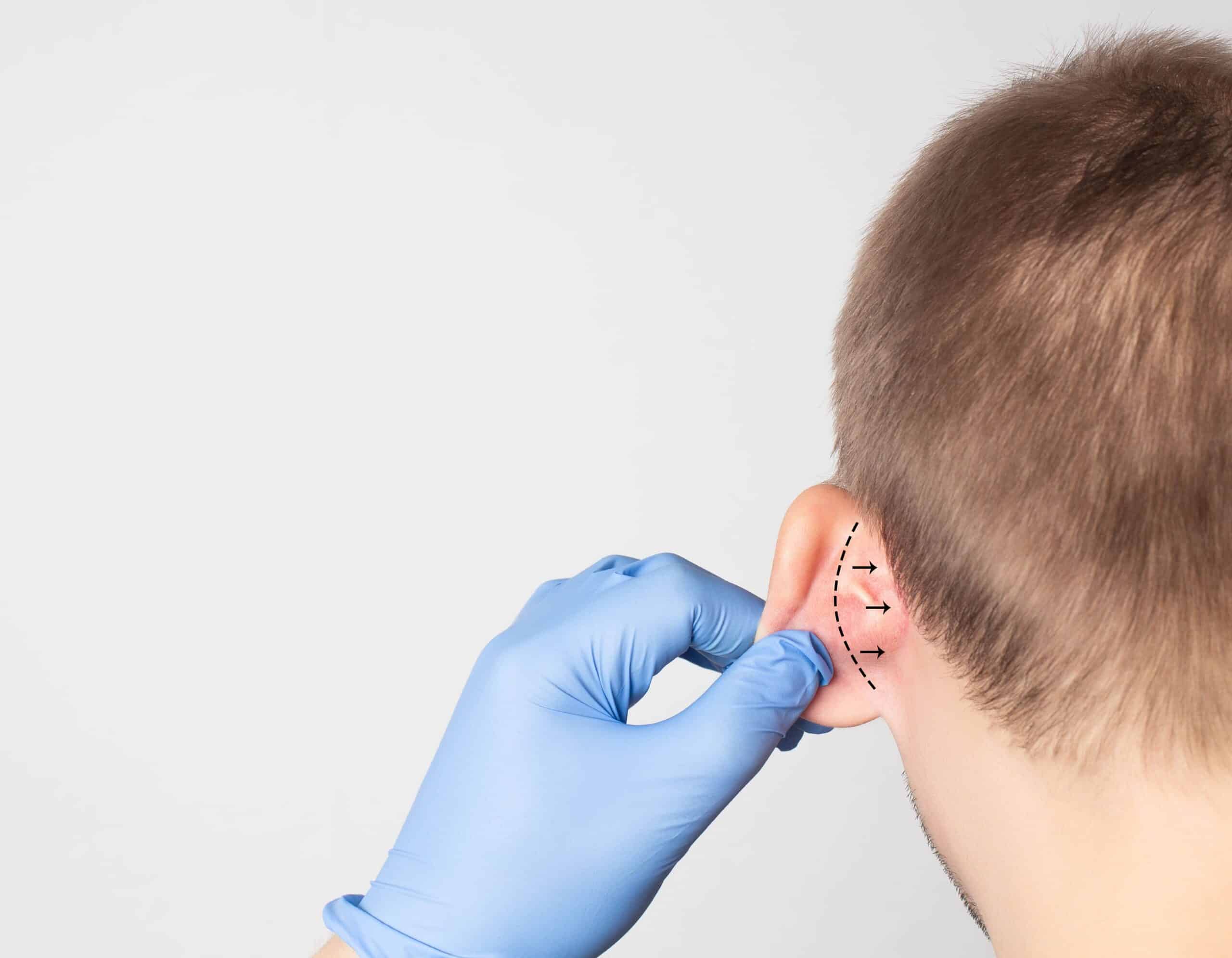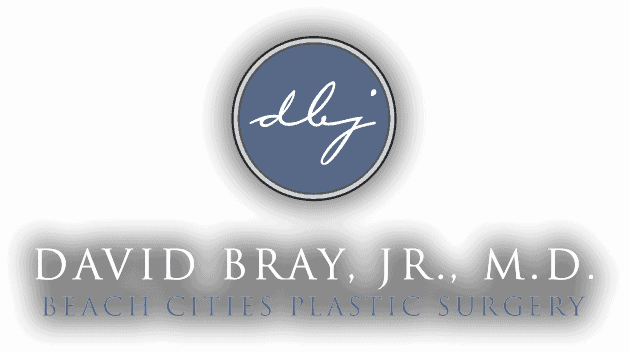Stahl’s Ear Deformity Correction
in Torrance, CA
Also serving Palos Verdes & Redondo Beach
A Stahl’s ear deformity is often described as a pointed ear. The Satyr ear or Spock ear is similar to the Stahl’s ear because there is also an extension of the ear along the longitudinal axis. The Stahl’s ear is characterized by a third antihelical crus. Occasionally the superior crus is absent, the auricle is frequently prominent and the helix (outer rim of the ear) is unfurled outwards.

Diagnosis
The Stahl’s ear deformity may be recognized during childhood. Excessive length in the upper third of the ear with an abnormally oriented crus will be seen on examination. Dr. Bray, Jr. will perform a complete examination of the ears and face. The ears must be evaluated for asymmetries in size, shape, and contour. The ear canal and tympanic membrane(ear drum) will also be visualized. If the patient has any hearing concerns, a hearing test will be performed. The ears must also be evaluated in relation to the rest of the face.
Surgery
For pediatric plastic surgery patients, otoplasty surgery may be performed at approximately 5-6 years of age. Adults may also opt for surgery at any age. The surgery will vary depending on the anatomic problems. The third crus is usually managed by full thickness excision. The third crus may also be treated with cartilage scoring techniques used to relax the cartilage. The superior crus may be created by suture techniques.
If the ear deformity falls under the classification of a Satyr ear deformity then the upper third of the ear is elongated and narrow. The surgical treatment will be designed to reduce the height of the upper third of the ear while increasing the width. This may require additional cartilage or skin grafting.


